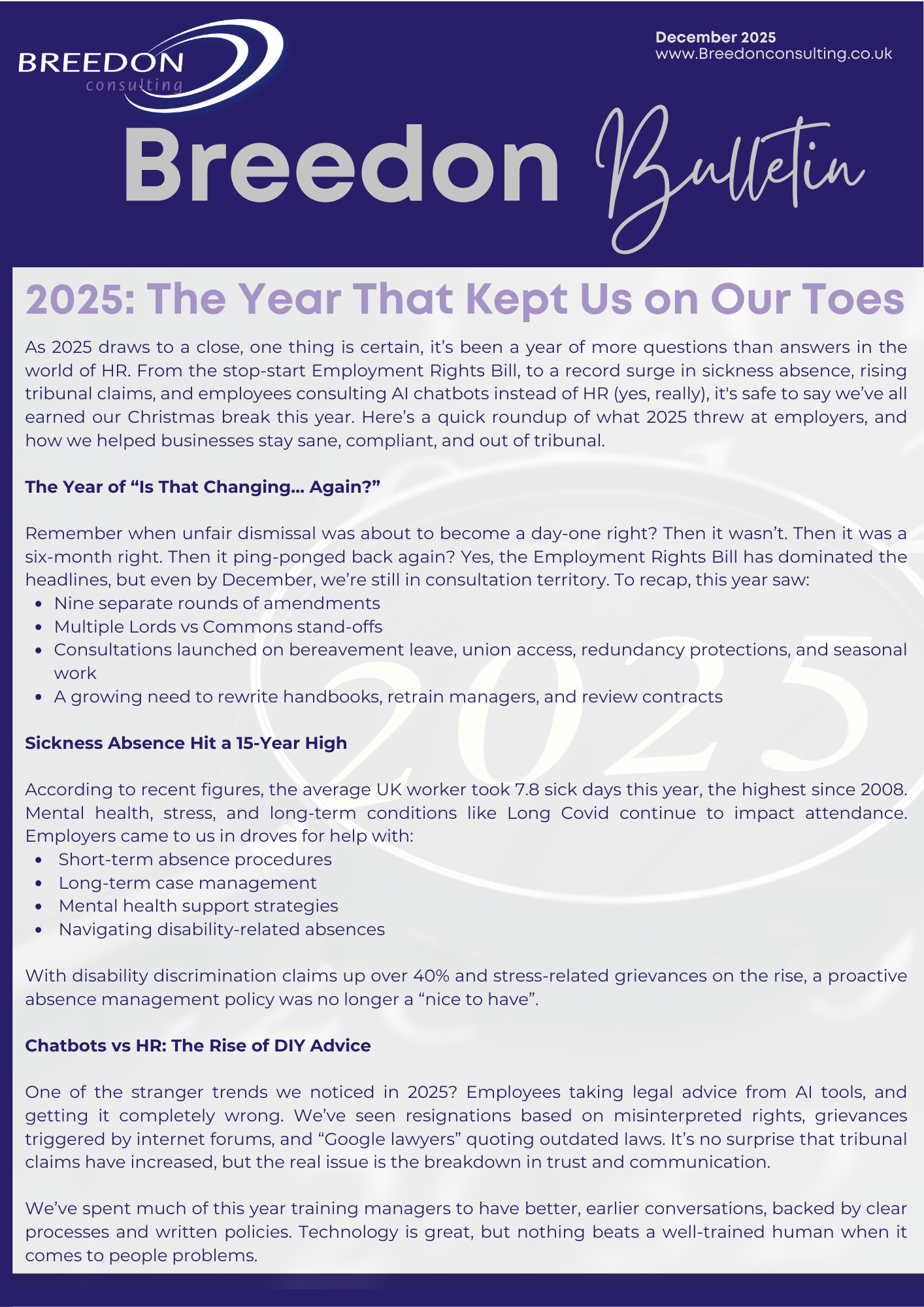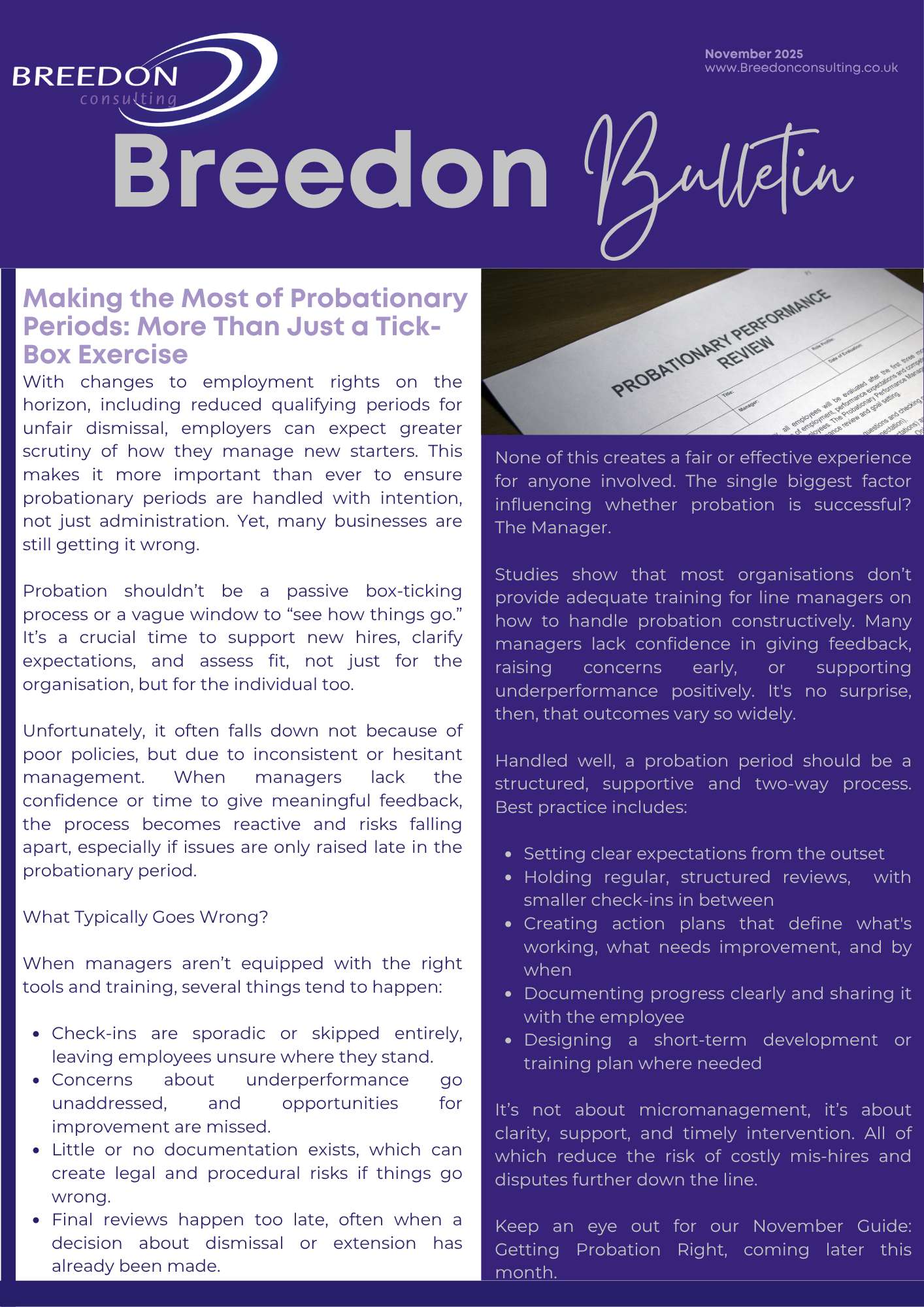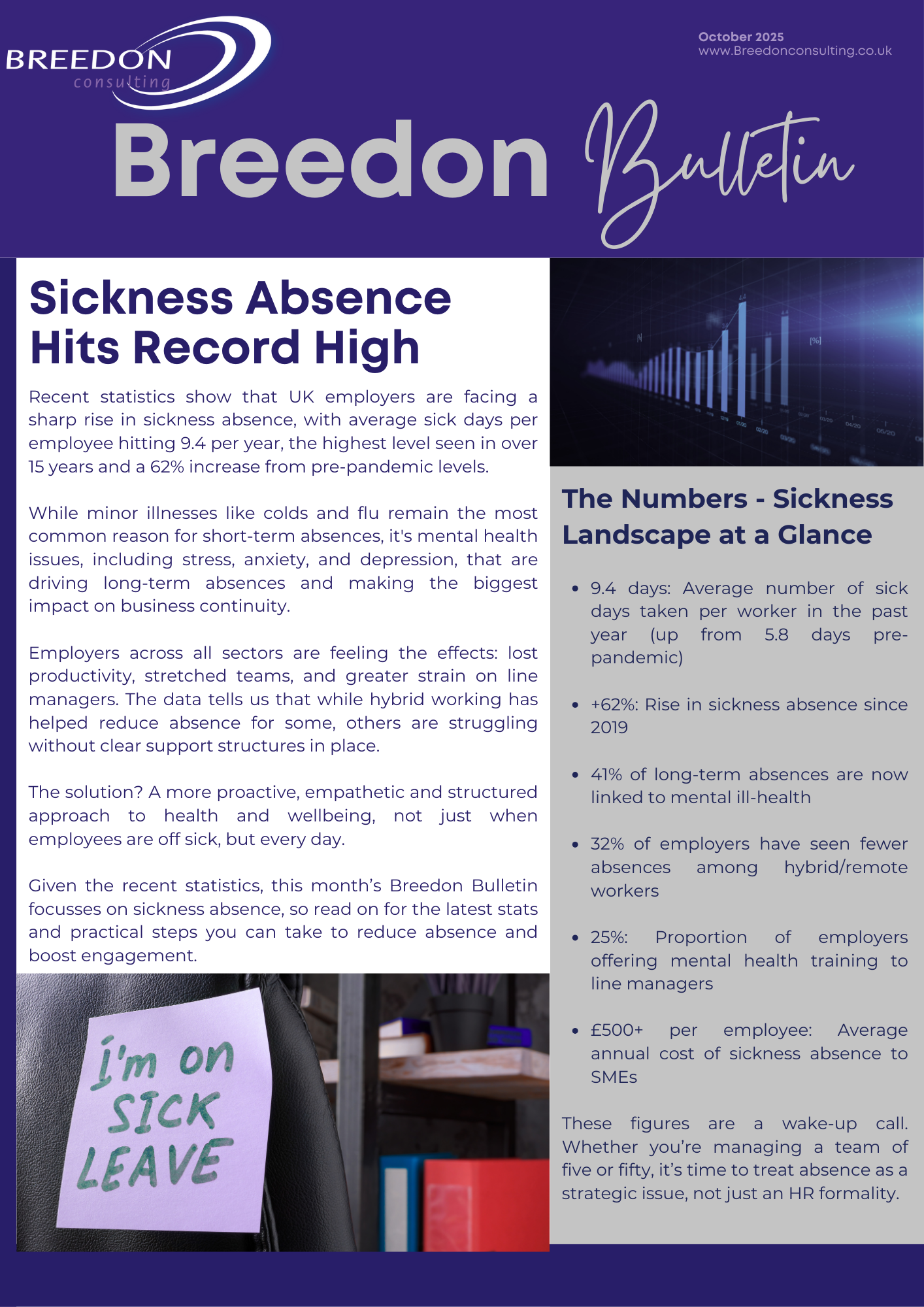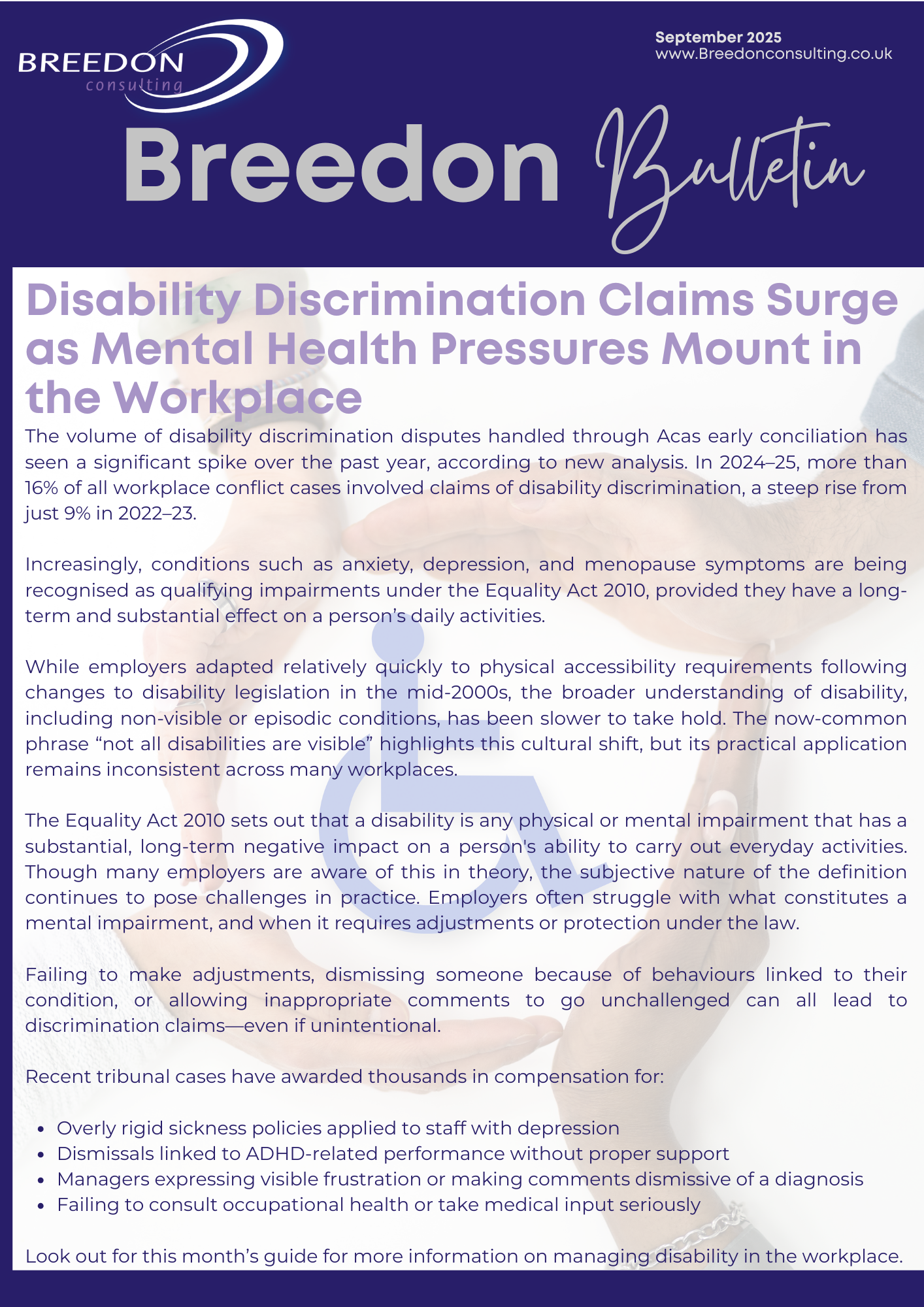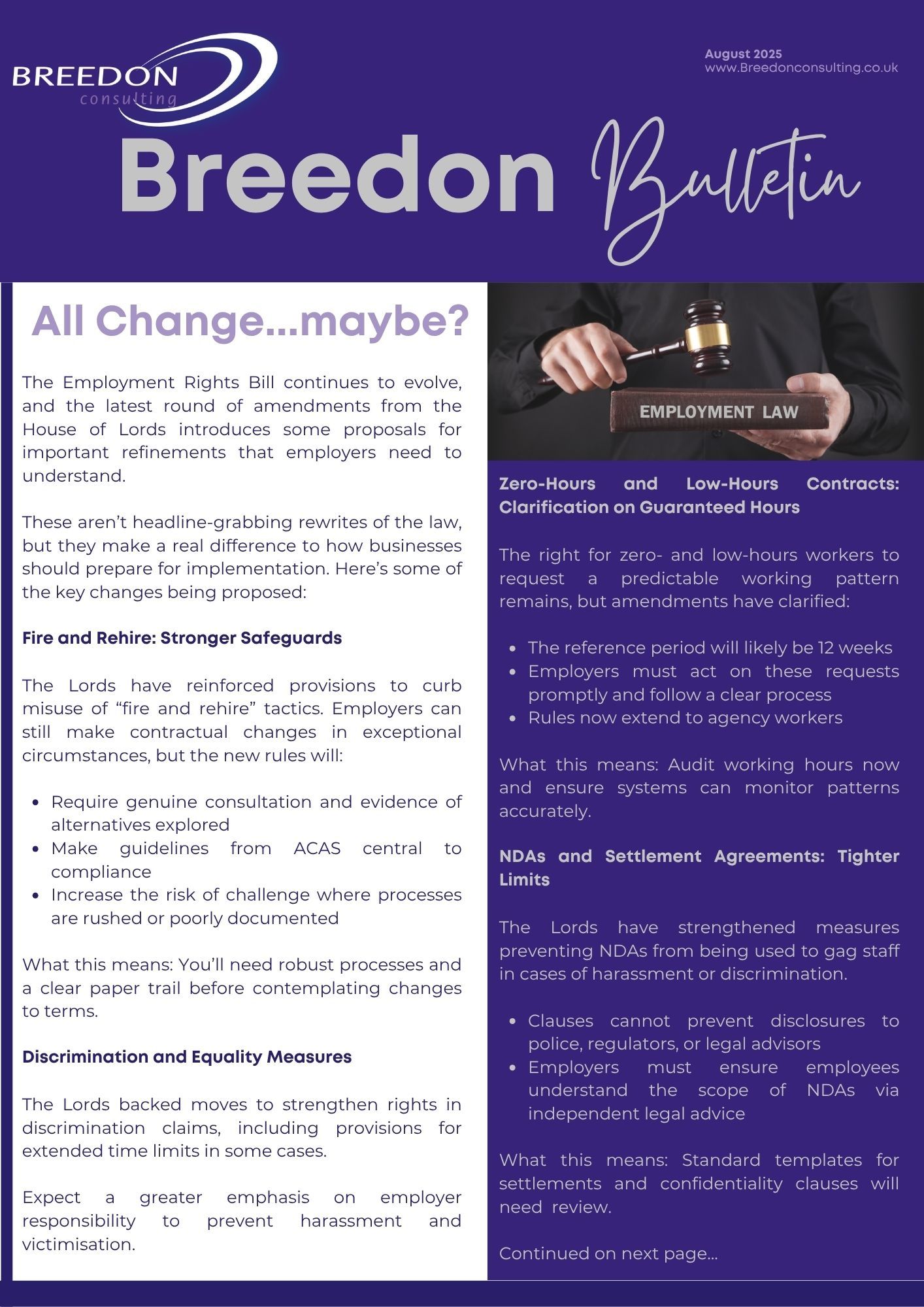What do employers need to know about the EU Settlement Scheme?
What do employers need to know about the EU Settlement Scheme?
Since March, businesses across the UK have been focused on surviving through lockdowns and furlough schemes, now it is time to turn their attention to some important issues that may have been missed.
Following Brexit, there are new rules coming into place for businesses from 1st January 2021, which means that time is running out for the UK transition and businesses need to start acting now.
Aside from the import and export of goods from and to EU countries, businesses in the UK need to start thinking about their employees who may be impacted by the new EU Settlement Scheme. “The European Union Settlement Scheme is a scheme launched in 2019 by the Home Office to process the registration of EU citizens resident in the United Kingdom prior to its departure from the European Union.”
Why does it concern businesses?
- Until 30th June 2021, EU Passports will be suitable to prove right to work in the UK
- After 30th June 2021, any EU citizens who have entered the country after 31st December 2020 or who have not applied for settled status will no longer be able to use their EU passport to prove right to work in the UK
- Any EU citizen who does not have settled or pre-settled status will be put onto a points system, similar to that of non-EU nationals. From there, a company will need to apply to become a sponsor, then apply for individual sponsor certificates (cost per person can exceed £8500)
What does it mean to have settled or pre-settled status?
- Any employees that have lived in the UK for 5 years or longer and apply for the Settlement Scheme can achieve settled status
- Any employees that have been in the UK for less than 5 years’ and apply for the Settlement Scheme can achieve pre-settled status, once they reach 5 years’ residency in the UK they can achieve settles status
- Any employee that has achieved either settled or pre-settled status will have right to work in the UK
What do employers need to do?
- Identify impacted employees by checking right to work for all members of staff
- Support employees through the application process
- Make sure you track applications until completion
For more information follow this link to get the right materials and information to support EU citizens working for you
EU Settlement Scheme: employer toolkit - gov.uk
If you have any questions about the EU Settlement and what you need to do, contact our team by emailing
info@breedonconsulting.co.uk

